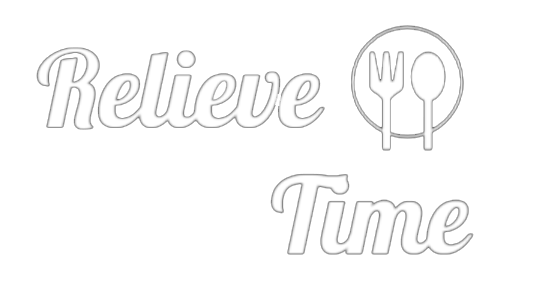3 Tips for How to Best Use Soda in Cocktails
Classic well drinks like the Rum and Coke or Vodka Soda might seem like the easiest cocktails to master, but there are still some nuances to consider while building these simple, two-part drinks. It might be your first instinct to spend the most time and consideration on choosing the right base spirit. But while the brand of whiskey or tequila you use is definitely a big factor, the soda component typically makes up the majority of the drink, so it’s just as important, if not more so, to consider the quality of this ingredient as well.
Beyond just selecting a brand of mixer you enjoy — whether that be a classic soda like Coca-Cola or ginger ale or a specialty brand like Fever-Tree or Badger Bevs — how the mixer is stored and prepared can also play a role in the final drink. So what’s the optimal way to employ soda in cocktails? Francis Schott, one half of the duo known as The Restaurant Guys, who operate Stage Left Steak and Catherine Lombardi in New Brunswick, N.J., let us in on some helpful tips on how to keep soda-based drinks as bubbly as possible.
First, Schott recommends paying attention to the temperature of the soda: “I know it’s hard and I know refrigeration space is limited, but if you use bottled sodas, they have to be cold going in,” he says. “You can’t pour a warm liquor into a warm soda over ice and expect it to not be flat.” So, if time and space allow, it’s always best to make sure your soda is properly chilled. This will help the liquid retain its carbonation once mixed with the spirit.
Another tip is to check the soda’s ingredient label, as the type of sweetener it contains can actually influence how it interacts with the liquor in the drink. According to Schott, sodas that use high-fructose corn syrup tend to go flat faster than those made with cane sugar or other natural sweeteners. For this reason, he recommends using Mexican Coke (though it can be more difficult to find), which uses cane sugar, as opposed to the ubiquitous U.S. version. And when shopping for the best tonic for your next G&T, make sure to look for cane sugar to optimize the crisp carbonation factor — boutique mixers, like Badger Bevs, tend to use cane sugar.
Lastly, the pressure of the carbonation in the soda can also play a role. Though soda guns are an economical way to make well drinks at a dive bar, Schott says that soda dispensed from a gun is much more likely to go flat when added to the drink. Instead, bottled soda provides a higher pressure and carbonation to keep the final drink sparkling.
So next time you’re mixing up a refreshing drink like a Cuba Libre, keep these tips in mind to maximize the cocktail’s bright and crisp character.
The article 3 Tips for How to Best Use Soda in Cocktails appeared first on VinePair.
